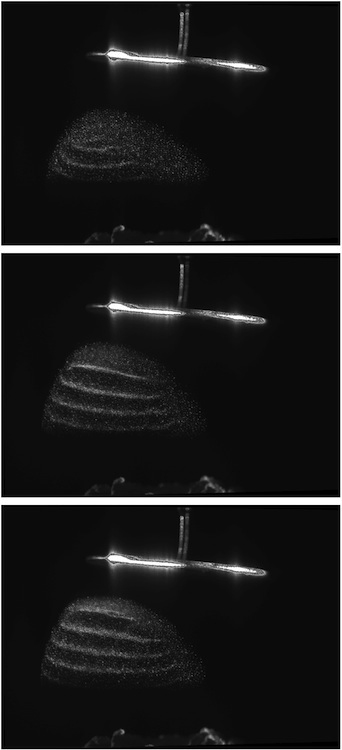Physics professor receives $2.1 million grant
Physics Professor and Director of the Plasma Sciences Laboratory, Edward Thomas, received an NSF award through the Major Research Instrumentation (MRI) program. This competitive program serves to increase access to shared scientific and engineering instruments for research and research training in our nation's institutions of higher education, museums, science centers and not-for-profit organizations. The total amount awarded to Thomas is $2.1 million, which includes a 30 percent cost-sharing by Auburn University. This project represents one of the largest MRI projects ever awarded to Auburn University.
With the funds, Thomas proposes to build a Magnetized Dusty Plasma device that will allow for the study of coupling between neutral atoms, ions, electrons and charged microparticles in a fully magnetized plasma environment in which the magnetic force is comparable to electric, gravitational or other inter-particle interaction forces. This new experiment enables laboratory investigations of phenomena relevant to plasma physics, astrophysics, fusion and fluid systems. Such a device will also allow for investigation into scientific topics that were previously inaccessible in earlier experiments such as grain charging (e.g., ion/electron gyro-orbits less than inter-grain distances), wave phenomena (e.g., electrostatic dust cyclotron wave), magnetic field effects on dust transport (e.g., drift), and the behavior of plasma with embedded paramagnetic particles.
A result of more than two years of international development activity, the project has leveraged the expertise of the entire dusty plasma research community as well as many researchers with interests in fusion, astrophysics and fluid mechanics. As a multi-user instrument, the device will be a valuable tool for the dusty plasma research community, and it will enable a wide variety of collaborative research projects, ranging from the physics of planet formation to the control of contamination during microelectronics manufacturing. The project also creates new training and research opportunities for the next generation of plasma scientists, and because dusty plasmas are a highly visual phenomenon, the project provides a highly effective platform for engaging students and the public in plasma science.
Additionally, Thomas will expand the long-running collaboration with the Princeton Plasma Physics Laboratory Science Education program to make use of dusty plasmas as a platform for introducing research skills at the K-12 and undergraduate student level.
For more information on Thomas and his research, visit his WEBSITE
Latest Headlines
-
02/12/2025
-
02/11/2025
-
02/10/2025
-
01/30/2025
-
12/03/2024


